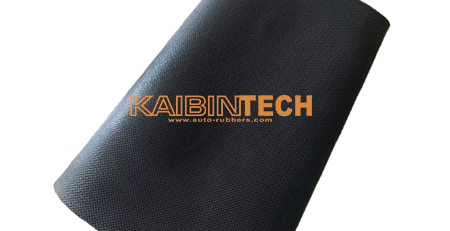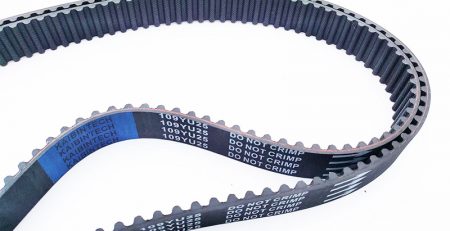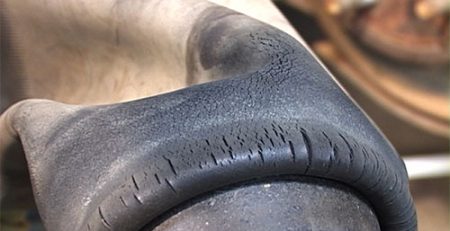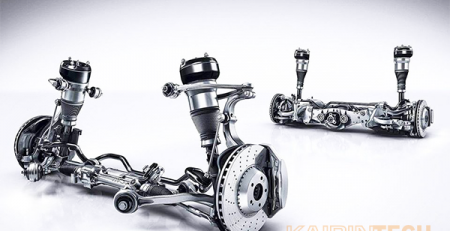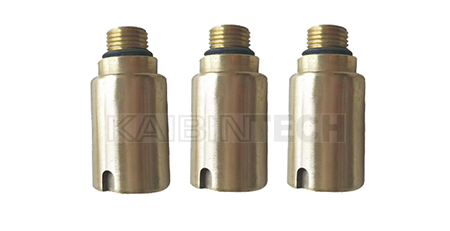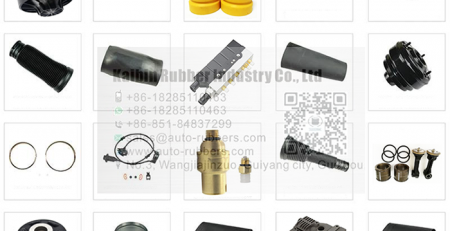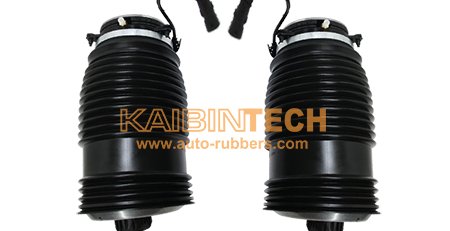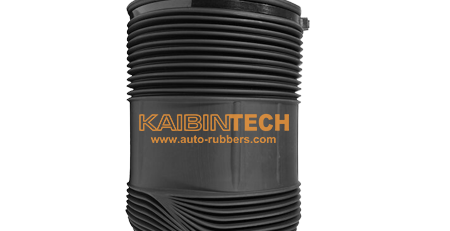Air suspension of the car is a kind of suspension with which it is possible to adjust the clearance (height of the body relative to the roadway). Currently, air suspension is quite widely used on trucks and semi-trailers. Passenger cars are also equipped with air suspension, but this applies to a greater degree of business class cars. In the air suspension, pneumatic stubs on each wheel are used as elastic elements. It is worth noting that air suspension is not a separate type of vehicle suspension. Air suspension may be based on designs of existing suspensions. Pneumatic elements can be mounted on MacPherson struts, multi-link suspension, elastic beam and others. The main purpose of the air suspension is to provide a higher level of safety and driving comfort. It is worth noting that the adaptive suspension of many business-class cars is based on pneumatic elastic elements with dynamically changing stiffness.
Types of air suspension
There are three main types of air suspension: one, two and four circuit. It should also be noted that the air suspension can be included in the vehicle, and can be installed independently. When self-installing most often, the air suspension only allows you to change the height of the body in manual mode.
• Single-circuit system is installed only on one axle of the car. It can be both front and rear axle. In the standard version of the single-loop system, trucks and truck tractors are most often completed. In this case, it is possible to adjust the stiffness of the rear axle depending on the vehicle load.
• The dual-circuit air suspension system can be installed both on one axis and on two. In the case of installation on one axle, the wheels are independently controlled. If a two-loop system controls two axes, then this is similar to two single-loop systems.
• The four-loop system is the most complex, but also the most functional. In such a system, the pneumatic support of each wheel is adjusted. In the four-circuit system, as a rule, an electronic control unit is used, which together with the sensors automatically adjusts the pressure in the pneumatic elements.
Air suspension device
The simplest air suspension has the following basic elements in the design:
• elastic pneumatic elements on each wheel;
• compressed air supply (compressor);
• air receiver;
• air lines;
• sensors and control unit suspension.
Elastic pneumatic elements are actuators of the suspension, the tasks of which include the adjustment and maintenance of clearance. Adjustment can be carried out both in manual and in automatic mode. Changing the height of the body relative to the road is carried out by changing the air pressure in the pneumatic elements.
A pneumatic element can have different versions – an independent unit or combined with a shock absorber. In the second case, the elastic pneumatic element is most often called the pneumatic shock absorber. Pneumatic racks can be installed on almost any type of suspension. Structurally, the pneumatic element consists of a body, a rod with a piston and a cuff.
The compressor is designed to supply compressed air to the receiver and then to the actuators. It is worth noting that the compressor is the main structural element of the suspension, because without compressed air, the operation of the air suspension is simply impossible.
The air receiver is designed to make clearance adjustments within small limits without the participation of a compressor. Also, due to the receiver, fast and adequate work of adaptive suspensions is achieved. Air lines connect all elements of the air suspension into a single pneumatic system. Electronic sensors allow you to monitor such parameters as the position of the body relative to the road, the inclination of the body, the acceleration of the car and other parameters. The control unit is designed to process the sensor signals and implement automatic or manual adjustment of the suspension.
The principle of air suspension
Air suspension allows you to adjust the height of the body in manual and automatic mode. In manual mode, the driver has the ability to independently increase or decrease the vehicle clearance. And if in the suspension design there are pneumatic shock absorber racks, then in this case it is also possible to adjust the suspension stiffness.
Automatic operation of different suspensions may vary significantly. It is worth noting that in the automatic mode, it is adaptive suspensions that are responsible for maintaining a certain clearance and stiffness of shock absorbers depending on various conditions. Most often, the algorithm of the adaptive air suspension uses parameters such as speed, acceleration, inclination, etc.
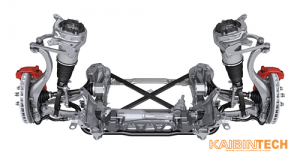
Air suspension of the car is a kind of suspension with which it is possible to adjust the clearance (height of the body relative to the roadway).

